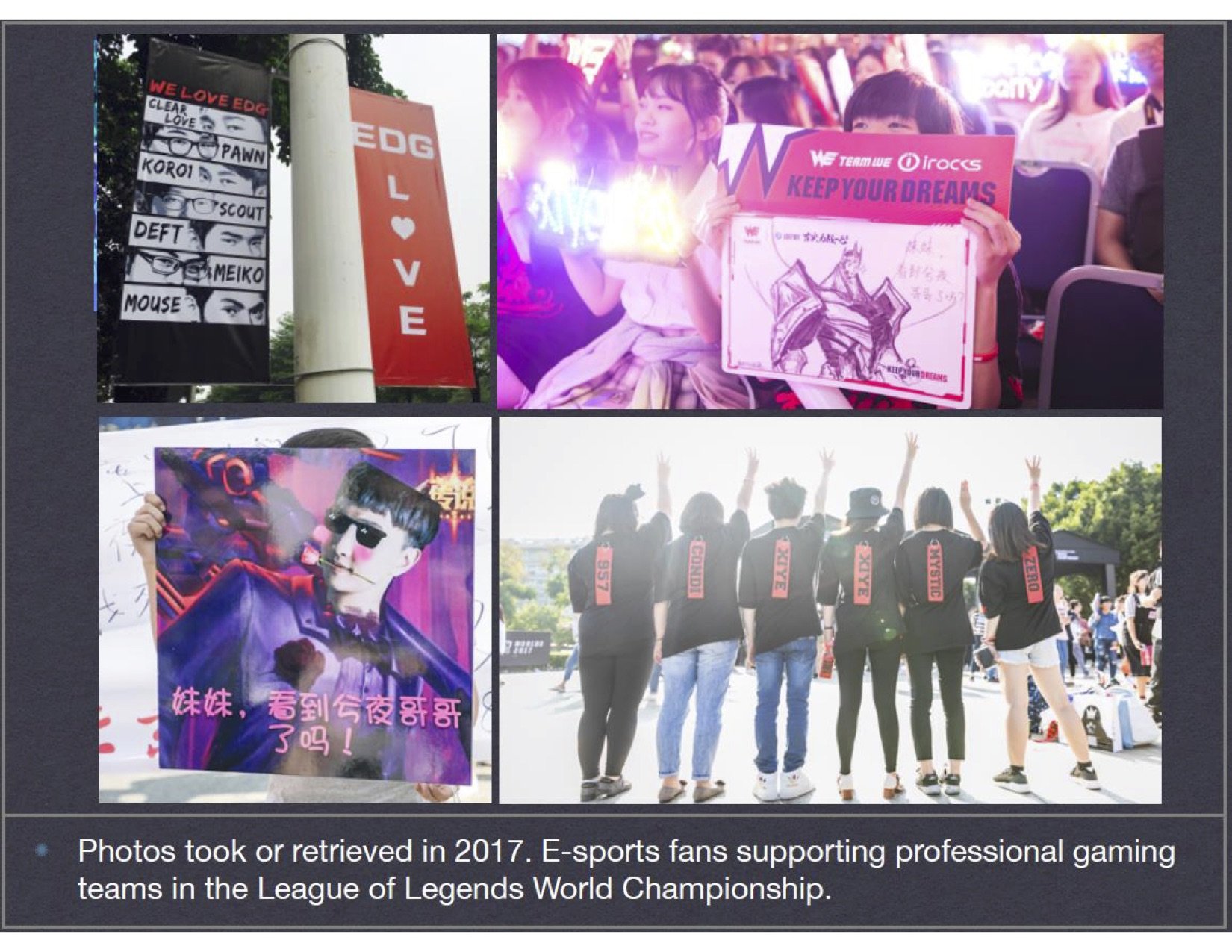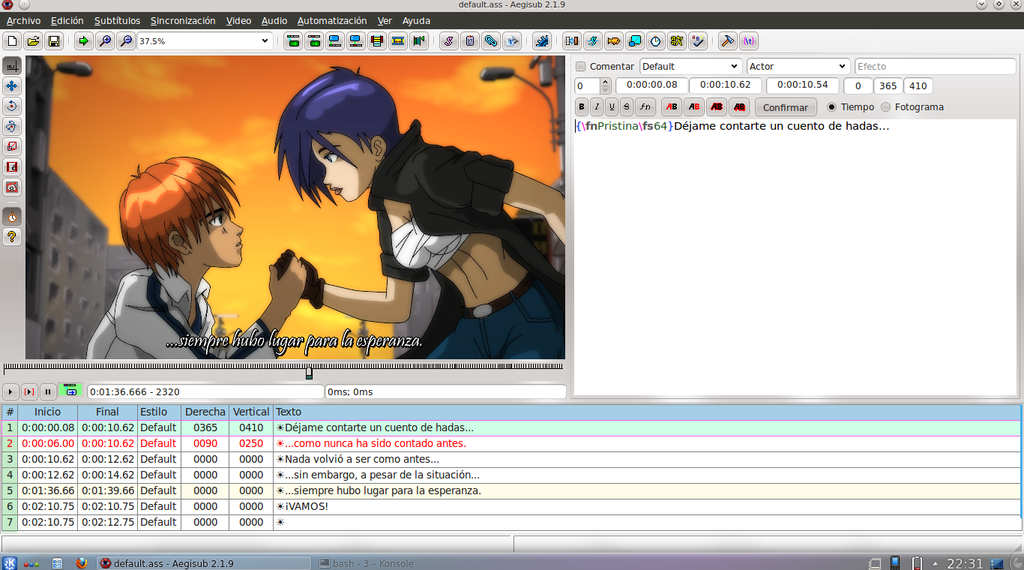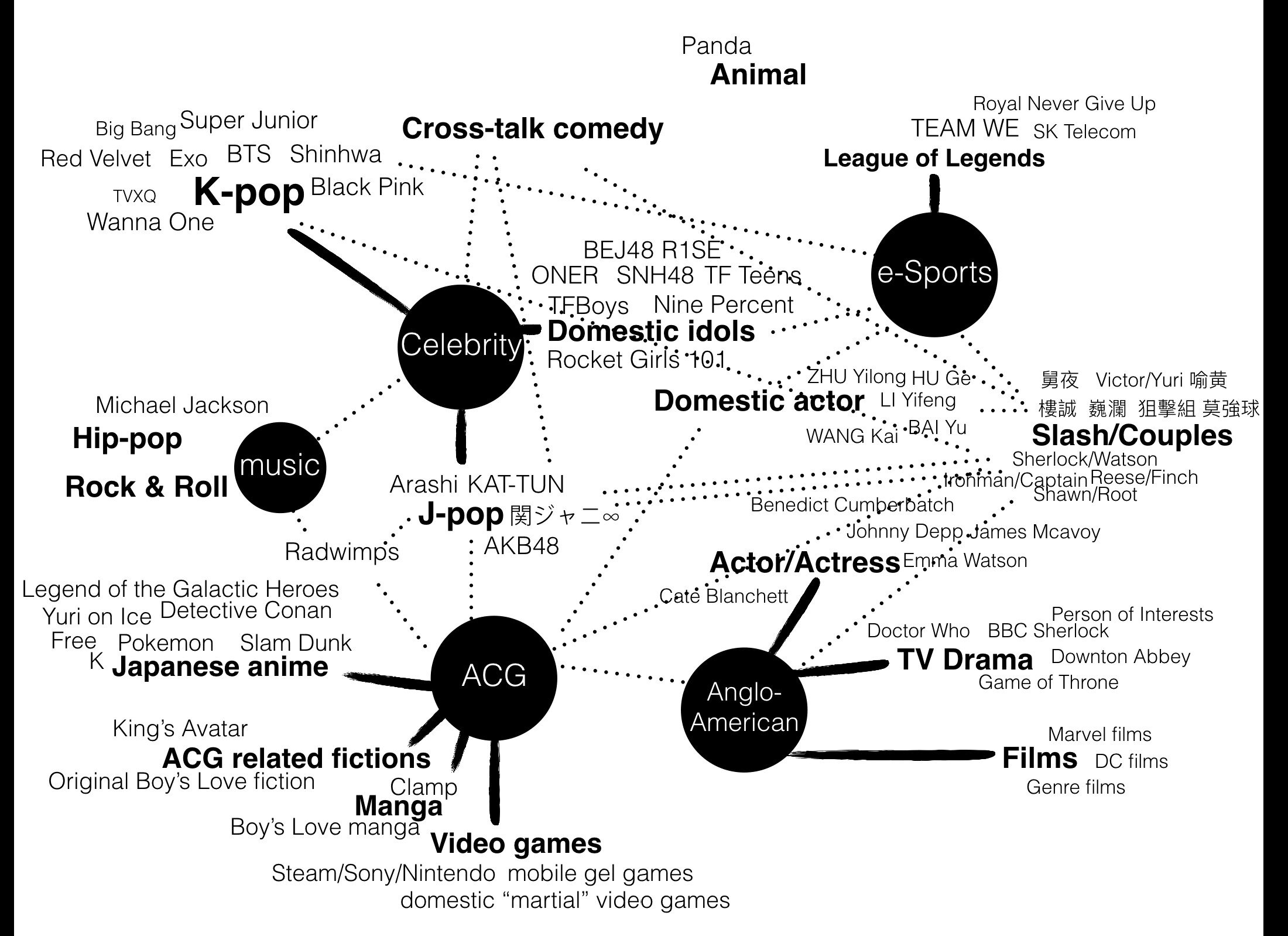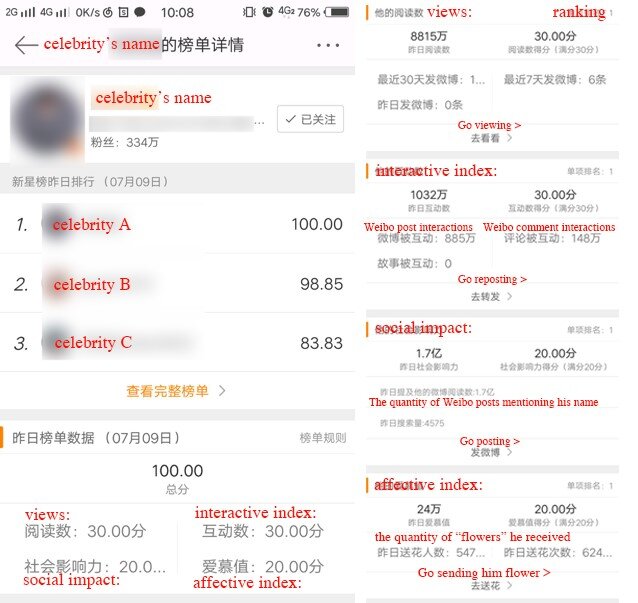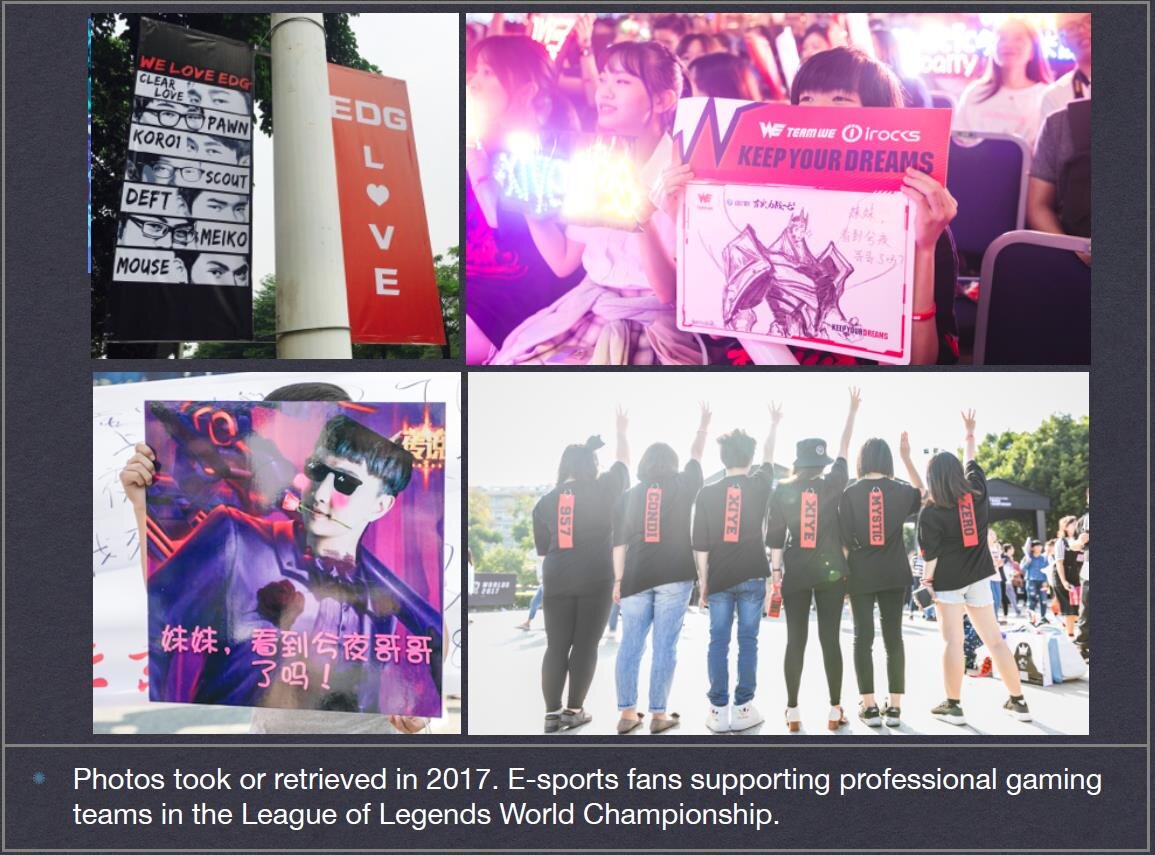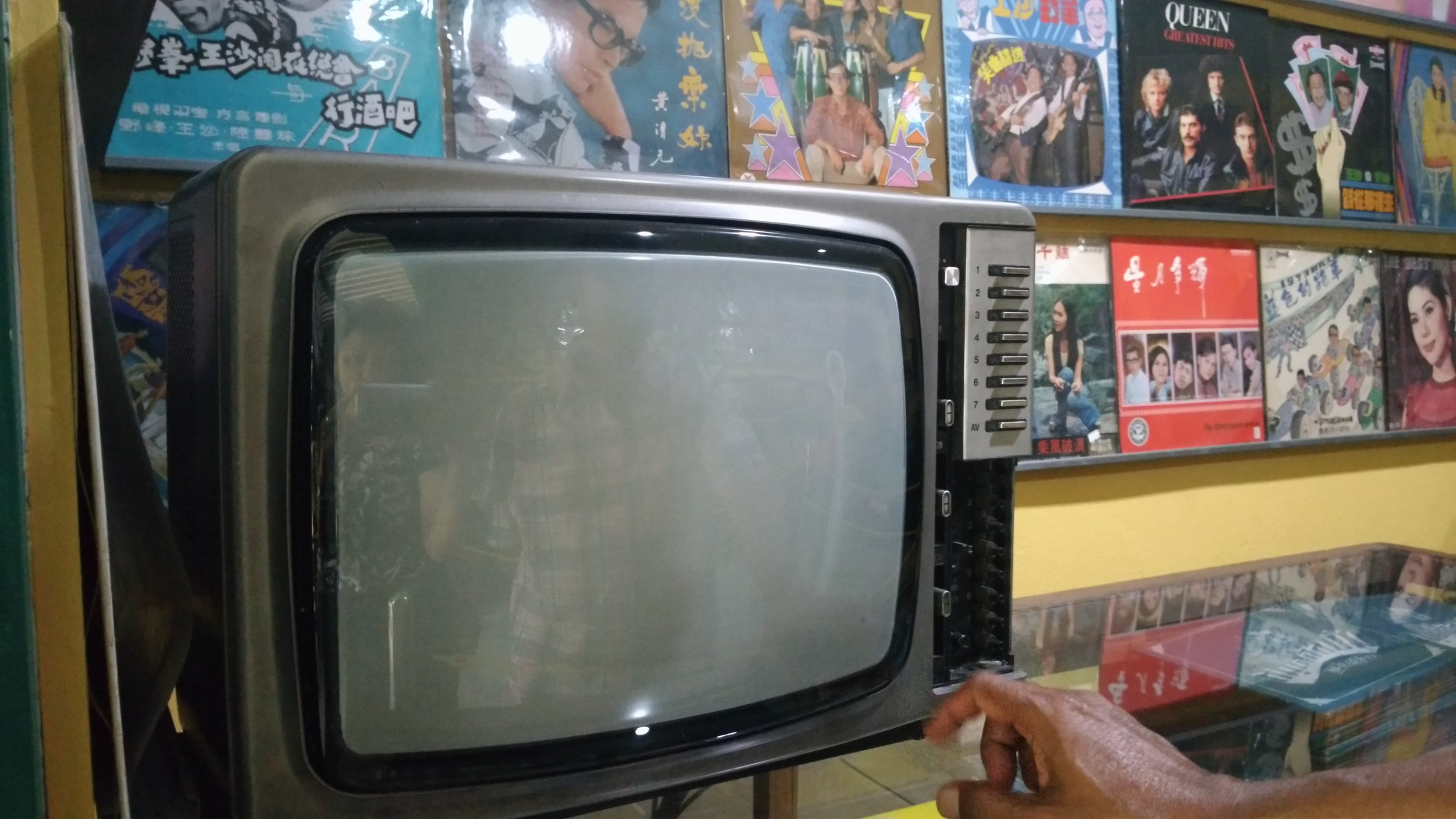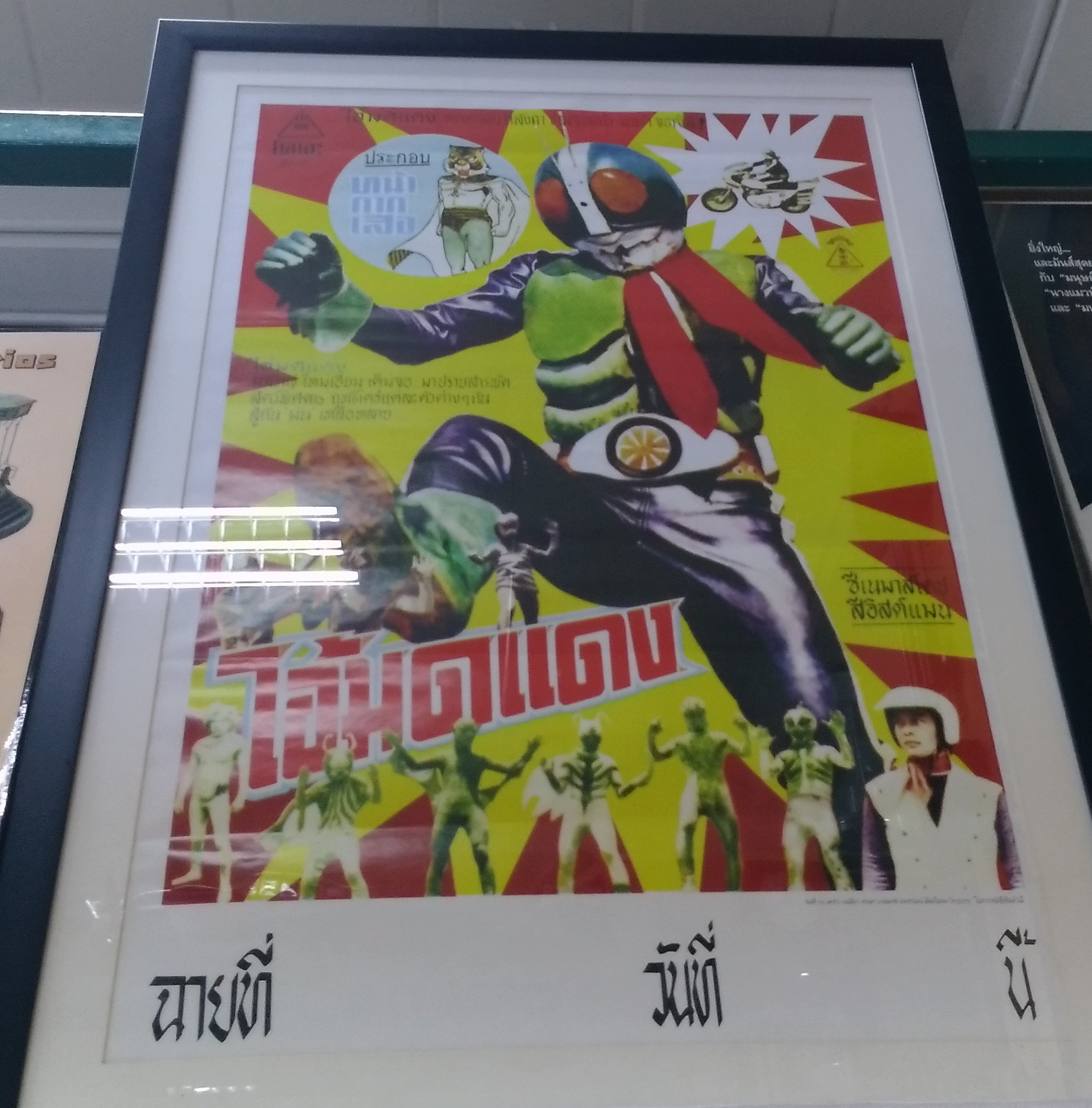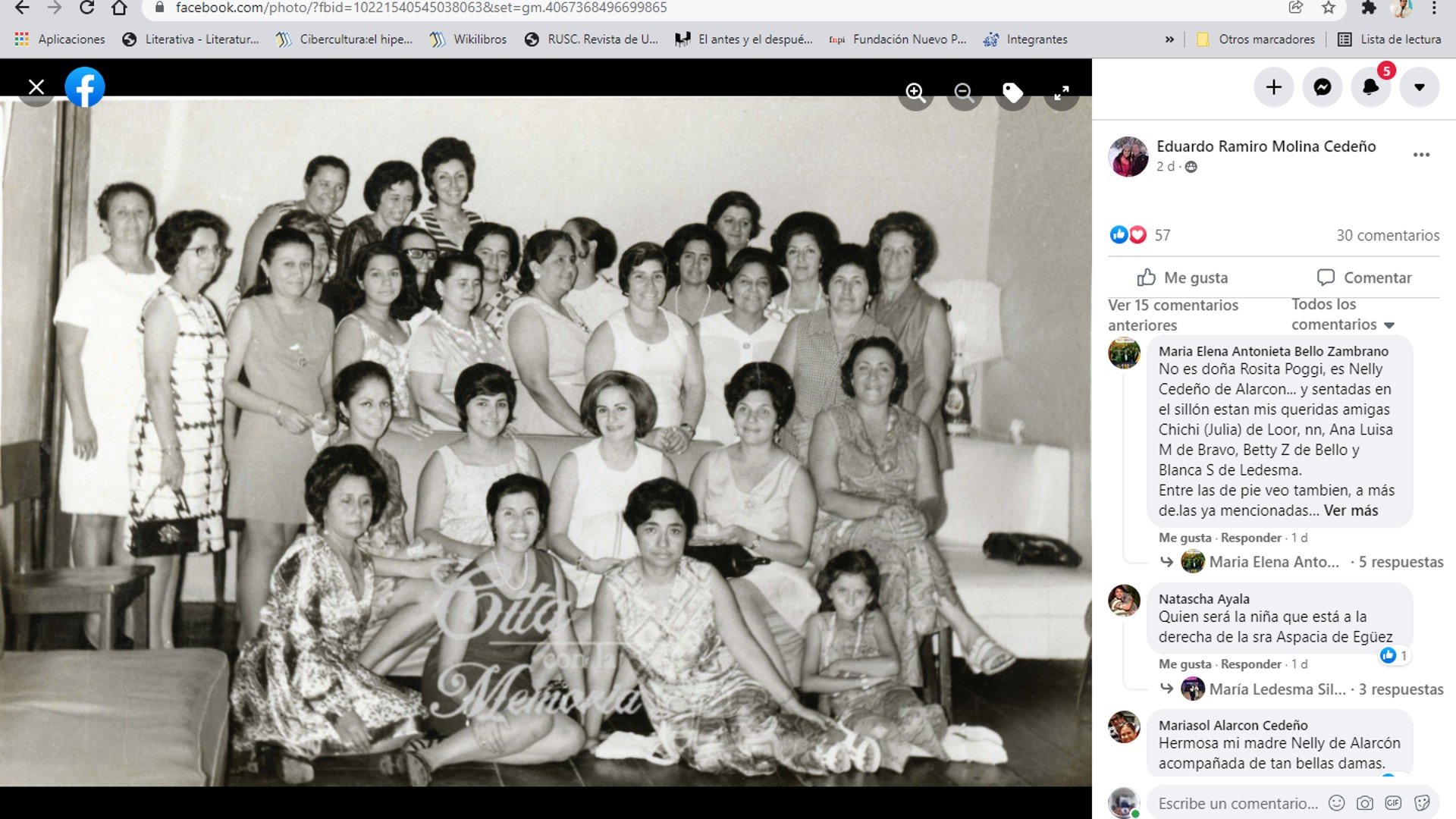Global Fandom: Veluree Metaveevinij (Thailand)
/Veluree Metaveevinij
My academic interest is media and cultural studies, particularly transnational media and transnational fans. My recent work - ‘Consuming Modernity and Nostalgia: A Case Study of Cross-border Representations and Fandom of Thailand-Myanmar Transnational Cinema’ is published in 2019. In this paper, I studied transnational cinema which was jointly produced by Thailand and neighboring countries, including Thailand-Myanmar co-productions. The co-productions are directed by Thai film directors with both Thai and Burmese casts and narrate cross-border love stories between Thai-Burmese with beauty scenery.
Thai boys love series actor behind Tuk-Tuk (a three-wheeled motorized vehicle in Thailand). This poster is sponsored by his fans for his birthday celebration.
The finding is that Burmese fans and Thai fans have different perspectives towards the transnational cinema. Burmese fans enjoyed the film Myanmar in Love in Bangkok (2014) that emphasizes modernity and the representation of a modern woman in Bangkok. On the contrary, Thai fans enjoyed the other film From Bangkok to Mandalay (2016) which emphasizes exotic film locations in Myanmar. The beautiful Myanmar as presented on the film reminds them of Thailand’s good old days.
This finding can relate to what Koichi Iwabushi (2002; 2004) argues regarding popular culture consumption in East Asia in 1990s. During that time, many Asian youths lived in fast-changing societies which transformed from traditional to modern ones. Therefore, many youths became fans of Japanese trendy dramas which depicted the portrayal of modern male and female characters. These dramas therefore help audience to consume ‘Asian modernity’ and reconcile their traditional values with the Asian modernity (Iwabushi, 2004). On the other hand, Japanese audience consumed the portrayal of other Asian countries because of the feeling of nostalgia they arouse (Iwabushi, 2002).
Finally, I conclude in my paper that media consumption of transnational fans closely relates to geopolitics of countries in the region. In case of Southeast Asian transnational cinema, I argue that Burmese youth fans consume images of modernity because these images help them to engage with their fast-changing society[1]. On the other hand, Thai fans are yearning for nostalgia mediated images because Thailand has confronted severe political conflicts since 2010s. Also, the country lost King Bhumibol, the center of Thai nationhood, since his death in October 2016. Therefore, the consumption of modernity and nostalgia are motivated by transitions in the political and social context of both countries.
Afterwards, I am eager to learn more about transnational media and transnational fans. In my current project, I am working on the movement of Asian youth fans calling for democracy and showing their solidarity against authoritarianism. For example, one of the most well-known hashtags #MilkTeaAlliance are used by many fans in Thailand, Taiwan, and Hong Kong to show their political stand.
This hashtag is part of yaoi culture which relates to the popularity of boys love (BL) series in Thailand. The Japanese term, yaoi, refers to the narrative of romantic relationship between homosexual partners (Prasannam, 2019). The yaoi culture has been popular in Thailand because of growing number of yaoi fans who appreciated seeing male-male couples on screen. GMM Grammy, a big Thai entertainment company, has produced boys-love series since 2014. And, one of their biggest hits is 2gether: The Series starred Vachirawit Chiva-aree (Bright) and Metawin Opas-iamkajorn (Win). The series was officially aired in Thailand, the Philippines and Japan in 2020. However, it was also released online with fan-generated subtitles and attracted fans all over Asia. Many twitter accounts have been created to support the series and two main actors since 2020.
On 9th April 2020, Vachirawit retweeted an image with a caption “four pictures from four countries – Hong Kong, Singapore, Japan and Thailand” on his twitter account. This post was attacked by nationalist Chinese who stated that Hong Kong was part of China instead of an independent country. Schaffar and Wongratanawin (2021, 13-14) argues that this attack possibly came from state-sponsored Chinese trolls. Nonetheless, fans in Thailand, Hong Kong and Taiwan jointly posted online content to support Vachirawit. According to Dedman and Lai (2021, 98), a Hong Kong twitter user named @ShawTim initiated #MilkTeaAlliance. This hashtag highlightsThai, Hong Kong and Taiwanese people drinking tea with milk. And, their identities are different from mainland Chinese drinking traditional tea without milk. The new hashtag was used by million tweets overnight. Eventually, it becomes a political symbol against Chinese hegemony. Later, youths in Myanmar use this hashtag as part of their online democratic movement after the 2021 military coup d’état.
I, therefore, are interested in fandom communities that relate to political activities. Also, I am curious about how transnational fans repost and reinterpret online content to be in accordance with particular social and political context in their countries.
Participating in the project initiated by Professor Henry Jenkins, an acclaimed aca-fan, will help me to share and discuss with other scholars who are interested in similar topics. Last but not least, this global fan studies project definitely shed some light on fan-related issues both nationally and transnationally.
My name is Veluree Metaveevinij. I graduated with a Ph.D. in film studies from SOAS, University of London, UK in 2015. Currently, I am an associated professor and a director of Bachelor program in Management of Cultural Heritage and Creative Industries, Thammasat University, Thailand.
References
Dedman, A. K. and A. Lai. (2021). Digitally Dismantling Asian Authoritarianism: Activist Reflections from the #MilkTeaAlliance, Contention, 9(1), 97-132.
Iwabuchi, K. (2002, Winter). Nostalgia for a (different) Asian modernity: Media consumption of “Asia” in Japan. Positions: East Asia Cultures Critique, 10(3), 547-573.
Iwabuchi, K. (Ed.). (2004). Feeling Asian modernities: Transnational consumption of Japanese TV dramas. Hong Kong: Hong Kong University Press.
Metaveevinij, V. (2019)/ Consuming Modernity and Nostalgia: A Case Study of Cross-border Representations and Fandom of Thailand-Myanmar Transnational Cinema. Plaridel, 16(2), 1-23.
Metaveevinij, V. (forthcoming). Asian Youth and Resistance in Transnational Media: A Case Study of the #MilkTeaAlliance.
Prasannam, N. (2019). The Yaoi Phenomenon and Fan/Industry Interaction. Plaridel, 16(2), 63-89.
Schaffar, W. and P. Wongratanawin. (2021). The #MilkTeaAlliance: A new Transnational pro-democracy movement against Chinese centered-globalization?. Australian Journal of South-East Asian Studies, 14(1), 5-35.
[1] I conducted this research before the 2021 Myanmar coup d’état. The situation may have changed after the military regains power in the country.















